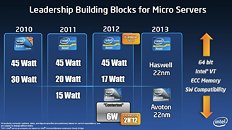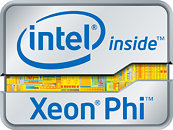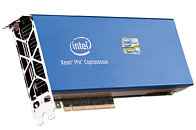UMC Announces New 22nm Wafer Fab in Singapore
United Microelectronics Corporation ("UMC" or "The Company"), a leading global semiconductor foundry, today announced that its Board of Directors has approved a plan to build a new advanced manufacturing facility next to its existing 300 mm fab (Fab12i) in Singapore. The first phase of this greenfield fab will have a monthly capacity of 30,000 wafers with production expected to commence in late 2024.
The new fab (Fab12i P3) will be one of the most advanced semiconductor foundries in Singapore, providing UMC's 22/28 nm processes. The planned investment for this project will be US$5 billion. UMC has operated as a pure-play foundry supplier in Singapore for more than 20 years and the location is also the company's designated R&D center for advanced specialty technologies. To account for the Fab12i expansion, the company's 2022 capex budget will be revised upward to US$3.6 billion.
The new fab (Fab12i P3) will be one of the most advanced semiconductor foundries in Singapore, providing UMC's 22/28 nm processes. The planned investment for this project will be US$5 billion. UMC has operated as a pure-play foundry supplier in Singapore for more than 20 years and the location is also the company's designated R&D center for advanced specialty technologies. To account for the Fab12i expansion, the company's 2022 capex budget will be revised upward to US$3.6 billion.
























